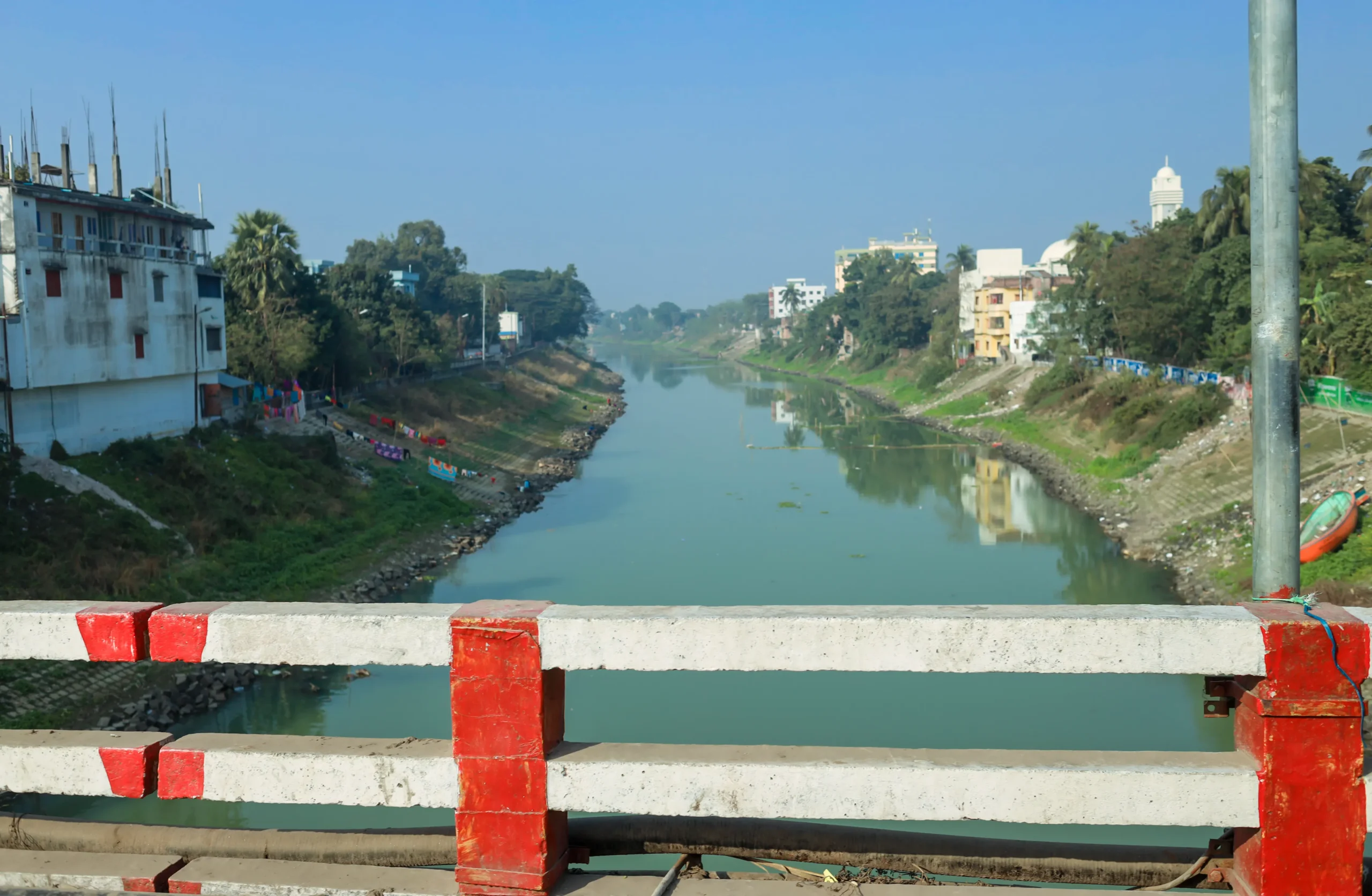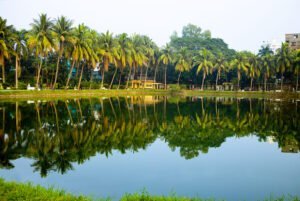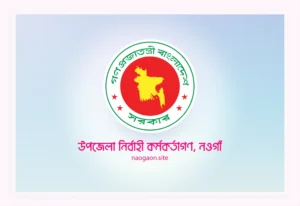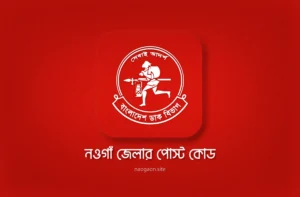Origins of Rivers in Naogaon District
Naogaon district has 10 rivers. Most of the rivers flowing in Bangladesh originate from the Himalayas. The source of the river’s water is the Himalayan snowmelt. Following the trend almost all the rivers in Naogaon district originate from that source. The land nature of Naogaon district is southeast sloping. Therefore, the rivers in Naogaon or canals are southeast bound. All the rivers flowing in this district are tributaries or branches of the rivers.
The Role of Rivers in Bangladesh and Naogaon
Rivers hold vast significance in Bangladesh, a country often referred to as a riverine nation due to its rich network of over 800 rivers, as documented by the Bangladesh Water Development Board.
Recently, there has been a noticeable decline in the water levels of these rivers, so this has led to adverse effects on Bangladesh’s climate and agricultural sector. The reasons for this are twofold: the blocking of the natural flow of international rivers and the reduction in navigability of the rivers. This problem is not confined to the Naogaon district alone, but is affecting the entire country.
In fact, Bangladesh’s rivers play an important role in the prosperity of the country, but their health is threatened by various factors. It is important to take steps to solve these problems and save the river for future generations.
List of Rivers in Naogaon District
The list of rivers in Naogaon district is below:


01 Atrai River: One of the Main Rivers in Naogaon
Atrai River (Bangla: আত্রাই/আত্রেয়ী নদী) is an international river. It flows through Bangladesh and India. Its length is 269 km on the Bangladesh and 121 km on the Indian side. Atrai River reaches a maximum depth of 99 feet or 30 meters. In fact, historically, it is one of the many rivers mentioned in the Mahabharata. While we call it Atrai today, ancient history refers to it as Atreyi. The river begins its journey 6 miles northeast of Siliguri, in the foothills of the Himalayas. The Atrai River enters Bangladesh through the Balurghat border in South-Dinajpur district of India. Its entry point in Bangladesh is Dhamoirhat Upazila of Naogaon district. Then, It flows through Patnitala, Mohadevpur, Manda and Atrai upazilas of Naogaon district.
02. Punarbhaba River
03. Little Jamuna River
Little Jamuna River (Bangla: ছোট যমুনা নদী): is originates from Bara Chandipur Bil in Parbatipur Upazila of Dinajpur District, Bangladesh. Later, flowing through Parvatipur, Phulbari, Hakimpur and Birampur upazilas of the same district, it entered India through Chowgharia border of West Bengal. Again it entered Bangladesh through the border of Panchbibi Upazila of Joypurhat district of Bangladesh. It then connects to the Tulsi Ganga river through a canal near Naogaon town. Naogaon district town is situated on the banks of this river. After flowing through Naogaon town and Sadar Upazila, it then joins with the Atrai River in Atrai Upazila.

04. Gur River
Gur River (Bangla: গুড় নদী): is a river in Naogaon district that originated from Atrai river. During its journey, after passing the Atrai Railway Station, the Atrai river splits into two branches. The western branch continues as the Atrai river, while the eastern branch becomes known as the Gur river. Extending 35 kilometers, the Gur river concludes its journey by merging into ‘Chalanbil’ (Bangla: চলনবিল).
05. Dhol River or Dhol Sea
06. Tulshiganga River

07. Nagor River
Nagor River (Bangla: নাগর নদী): is a famous small river in Bengali literature with a total length of about 105 km. It originates from the Karatoa River near Shibganj in Bogura District and joins the Atrai River at Singra in Natore District. Then, on its journey, it touches three districts. Historically, In Bengali literature, this river holds a significant place, serving as the inspiration for Rabindranath Tagore’s poem ‘Amader Chhoto Nodi‘ (Bangla: আমাদের ছোট নদী). According to his reference, which he wrote in his poem, Nagor river has many bends. The river remains full during the monsoon season but dries up in the dry season, leaving only small amounts of water in certain areas. Tagore often journeyed along this river by boat (বজরা), and his Patisar Kachhari Bari located just on its banks.
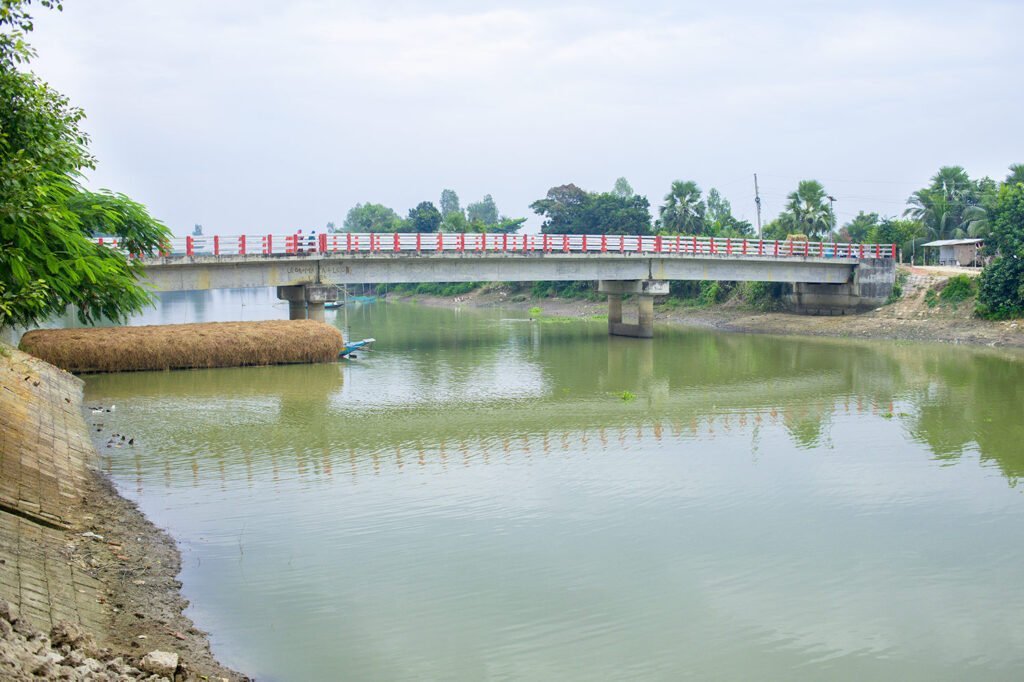
08. Noor River
09. Fokirni River
Fakirni River (Bangla: ফকিরনী নদী): is a tributary of Atrai River. The Fakirni river originates in a narrow form from the Atrai river near Srinagar in Manda upazila. Its total length is only 12,000 meters, and it follows a limited flow path in Manda Upazila. People in the region have long considered the river as a dead river (Bangla: মরা নদী). But recently, the government initiated dredging work of the river bed in 2022. As a result, it has instilled hope in the people of the riverside areas. As a result, locals are now hopeful that the dredging initiative will ensure year-round water availability in the river.
10. Shiva River
Shiva River (Bangla: শিব নদী) originates from the Atrai River at a place called Baidyapur in Manda Upazila. It flows through Naogaon’s Manda Upazila and Rajshahi’s Tanore and Mohanpur Upazilas. During its journey, the river has crossed 10 kilometers through Niamatpur upazila and 11 kilometers through Manda Upazila in Naogaon district. The river once had a robust flow so people used to travel by boat and transport goods with the river. During that time, the river was a major source of livelihood for the people of Tanore Upazila of Rajshahi district.

